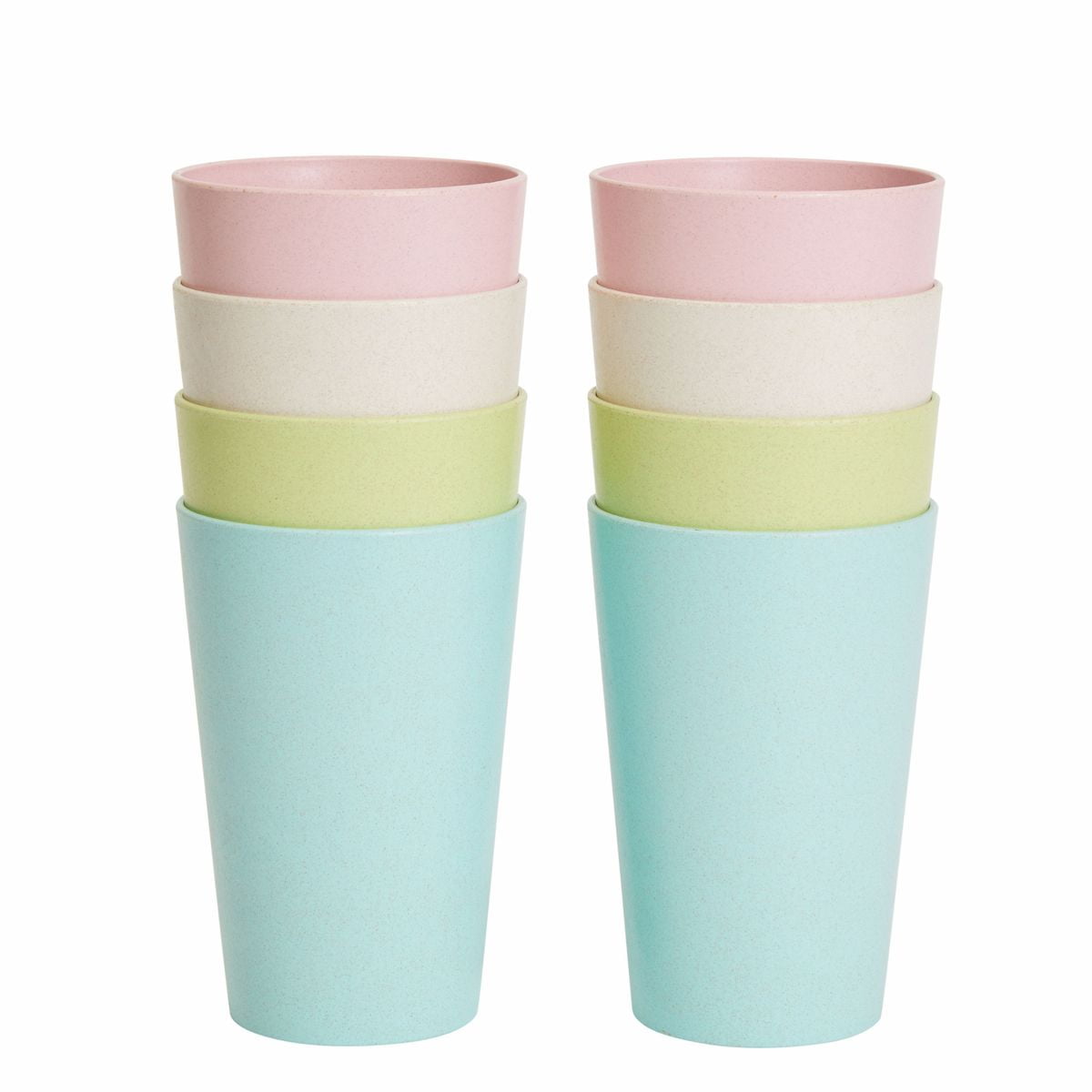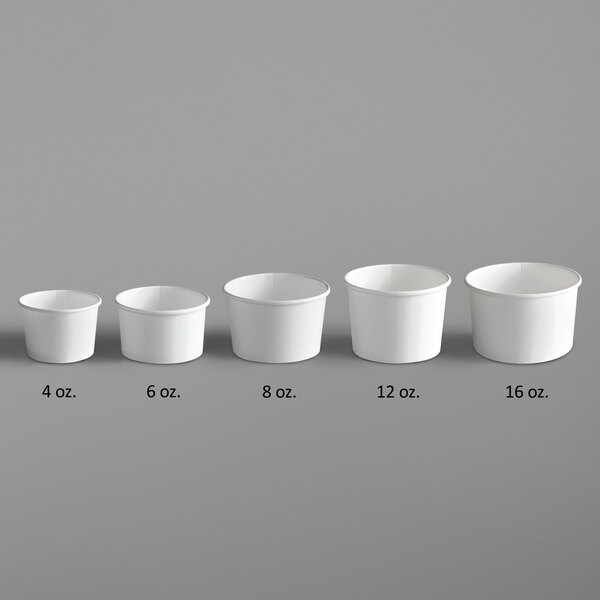

While technically, a pound is a measure of mass, and weight is actually a measure of force, the two are equivalent as long as we are performing our calculations on Earth.įor example, an object with a mass of 1 pound weighs 1 pound on Earth, but only weighs one-sixth of that on the moon, yet still has the same mass.Ĭup measurements converted to pounds for commonly used cooking and baking ingredients. For example, 1 pound can be written as 1 lb, 1 lb m, or 1 #, and 2 pounds can be written as 2 lbs.Ī pound is also frequently referred to as a unit of weight. Pounds can be abbreviated as lb (plural lbs), and are also sometimes abbreviated as lb m or #. A pound is sometimes also referred to as a common ounce. The pound is a US customary and imperial unit of mass. In the avoirdupois or apothecaries' systems, one pound is equal to 7,000 grains. One pound is equal to 16 ounces, or 0.45359237 kilograms. The National Bureau of Standards approved the international definition of the pound for use in the United States in 1959 after an agreement between six nations referred to as the International Yard and Pound Agreement. Pounds are a widely used unit of weight in the United States. For example, 1 cup can be written as 1 c or 1 C. Cups can be abbreviated as c, and are also sometimes abbreviated as C.

The cup is a US customary unit of volume. One cup is equal to 236.588 milliliters, but in nutrition labeling, one cup is rounded to 240 milliliters. The cup should not be confused with the metric cup or the teacup, which are different units of volume. The cup is a unit of volume equal to 16 tablespoons or 8 fluid ounces. Keep reading to learn more about each unit of measure. Trucks, ships, and airplanes are limited in the amount of weight or volume they can transport, so if one of those quantities is known, but the limitation is on the other, then it becomes necessary to convert between the two so as not to overload the shipping vehicle. Ī third application of weight and volume conversions is when shipping freight when calculating the volumetric weight for cargo and packages.

It is common to mix powdered chemicals with liquid, or aqueous, chemicals, and this is where it becomes very useful to convert between weights and volumes. When performing chemical reactions by combining separate chemicals to produce a new chemical, one must know the exact amount of each chemical to add in order to maximize the yield of the reaction. When a scale is not available, a calculator like the one above is a good way to estimate the volume to weight conversion.įor cooking and baking ingredients, you can get more specific results using our butter, flour, and sugar conversion calculators.Īnother useful application of weight and volume conversions is chemistry.

The best way to ensure an accurate conversion is to use a scale. The density of dry ingredients can vary for a variety of reasons, such as compaction and clumping. Pounds = 5 c × 0.7 g/mL / 1.9172 = 1.8256 lb When to Convert Cups to PoundsĬups and pounds are both commonly used to measure cooking ingredients.įor cooking applications, most chefs suggest measuring dry ingredients by weight rather than volume to improve accuracy in the measurements. If the density is given in grams per milliliter (g/mL), then first divide the density by 1.9172 to convert to lb/c.įor a density given in g/mL, you can use this simple formula to convert: Note that in order for this to work, the density must be in pounds per cup (lb/c). To convert a measurement in cups to pounds, multiply the volume by the density of the ingredient, substance, or material. Therefore, to convert between cups and pounds of an ingredient or substance, we must either multiply or divide by its density, depending on which direction we are performing the conversion. In this case, we need to account for the density of the substance whenever we do a conversion. Since cups are a unit of volume and pounds are a unit of mass, which are different physical quantities, we need to know one more physical quantity of the ingredient or substance to convert between them. He specializes in math, science, and astrophysics. Ethan has a PhD in astrophysics and is currently a satellite imaging scientist.


 0 kommentar(er)
0 kommentar(er)
